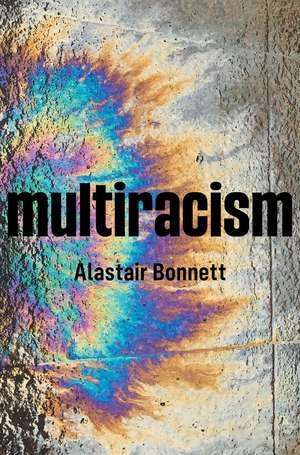Multiracism – Rethinking Racism in Global Context
Autor Bonnetten Limba Engleză Paperback – 9 dec 2021
Preț: 110.68 lei
Preț vechi: 143.77 lei
-23% Nou
Puncte Express: 166
Preț estimativ în valută:
21.18€ • 21.99$ • 17.66£
21.18€ • 21.99$ • 17.66£
Carte indisponibilă temporar
Doresc să fiu notificat când acest titlu va fi disponibil:
Se trimite...
Preluare comenzi: 021 569.72.76
Specificații
ISBN-13: 9781509537327
ISBN-10: 1509537325
Pagini: 224
Dimensiuni: 160 x 231 x 17 mm
Greutate: 0.35 kg
Editura: Polity Press
Locul publicării:Chichester, United Kingdom
ISBN-10: 1509537325
Pagini: 224
Dimensiuni: 160 x 231 x 17 mm
Greutate: 0.35 kg
Editura: Polity Press
Locul publicării:Chichester, United Kingdom
Notă biografică
Alastair Bonnett is Professor of Social Geography at Newcastle University.
Cuprins
Introduction: Reframing Racisms
Chapter 1 Explaining Racisms Beyond the West: Roots and Routes
Chapter 2 History and Nostalgia: Ruptures, Racism, and the Experience of Loss
Chapter 3 Religion's Furies: Racism in Fundamentalism, Casteism, and Islamophobia
Chapter 4 Political Sites of Racist Modernity: Communism, Capitalism, and Nationalism
Chapter 5 Shifting Symbols: Whiteness in Japan and Blackness in Morocco
Conclusions
